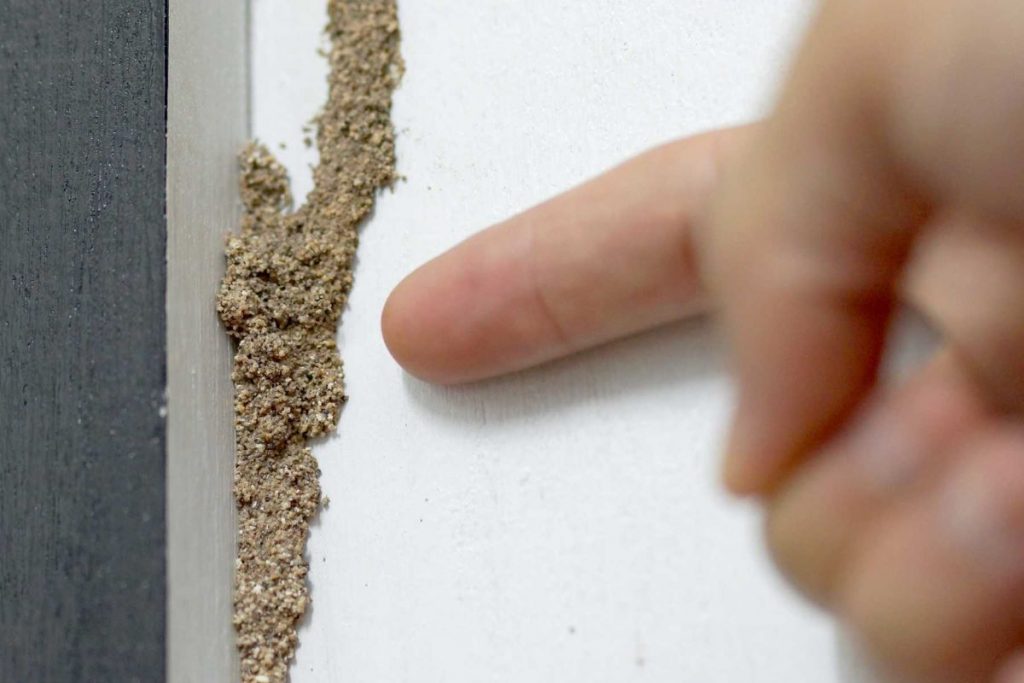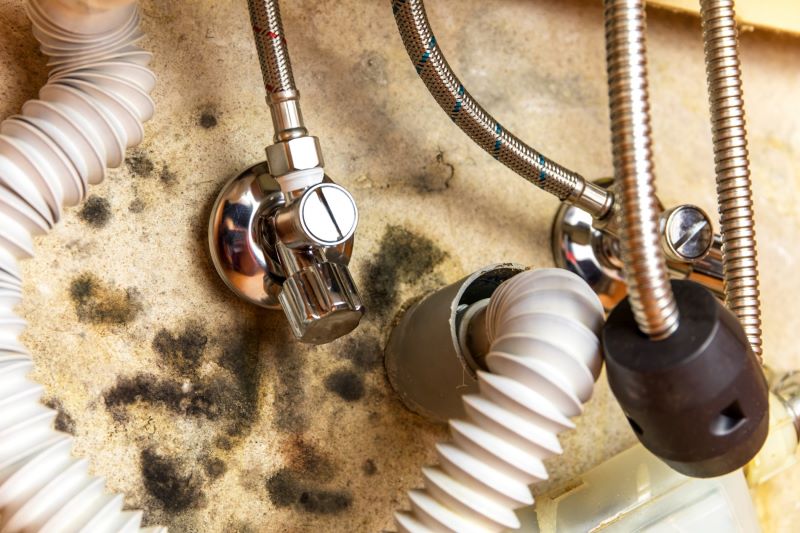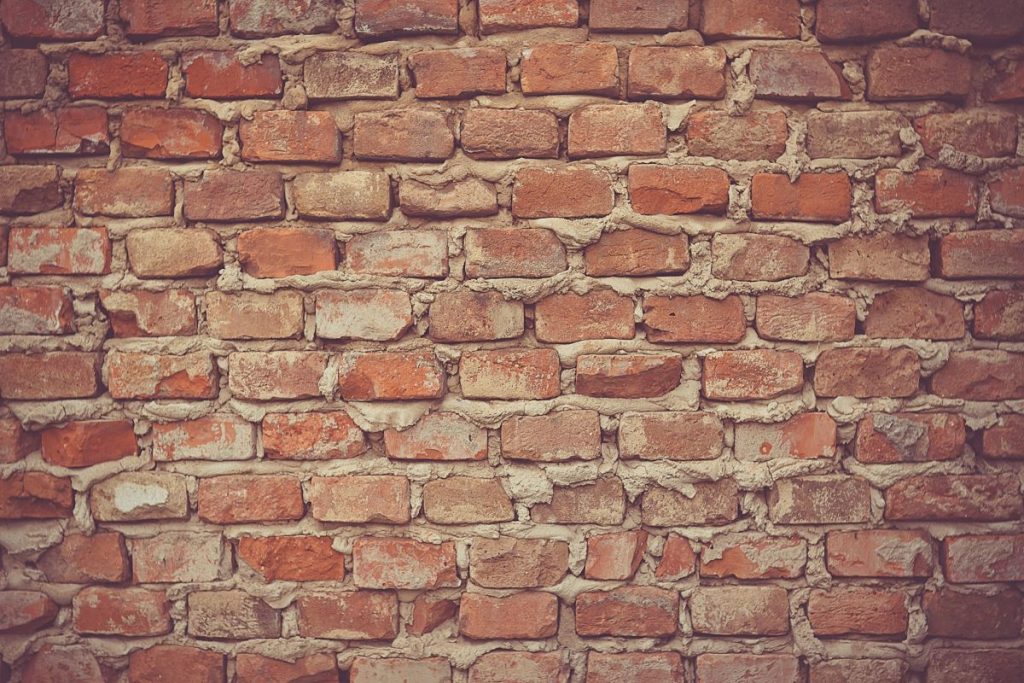Table of Contents
No doubt, water is a very important element for the survival of human life. But, its excess can prove to be a death for a home. Water damage is a nightmare for homeowners and the situation worsens when it leads to severe flooding issues in your home.
Dealing with this severe water damage can be expensive and time-consuming. Depending upon the amount of damage caused, the water damage restoration can cost up to $7500.
Since the restoration cost is too high, homeowners look for repairing methods to save time and money.
Follow these effective tips to repair water damage in your home.
Stop the flow of water
Inspect the cause of water damage. Whether the damage is caused due to bursting of a pipe, a leakage in the pipe, heater failure, or due to rain.
Stop the source of water flow so that no more water accumulates in your house to cause further damage. Call the professional if you are unable to detect the source of water flow.
Inspect for the issue of mold
Mold can start to grow in your house within 24 -48 hours of water damage. So, inspect the most affected areas from mold and mildew. If you have found mold issues, you need to be very careful. These molds and mildews can cause serious health issues.
Mitigate the mold issues by controlling the moisture level in your house. Improve the airflow in the affected area and call the professional to deal with more serious mold issues.
Use a dehumidifier and dry out the wet areas quickly
With a sump pump, pump out all the water from your house. You can use fans in the affected areas if the water damage is caused due to small leaks.
For large projects, to remove little drops of water from the uncovered areas, use a dehumidifier to dry out the wet areas quickly.
Remove damaged porous materials
Some porous materials like carpets, fabric, insulation and similar items get affected by the water damage quickly. Cut out these materials and throw them away. These materials get permanently damaged by water, and mildew will damage them further. So, it’s better to throw these materials away from your home.
Also note that drywall, unsealed cement, and wood are also porous materials. Check the damage caused to these materials and replace them if cannot be restored.
Disinfect the remaining materials
When all the damaged materials have been removed, disinfect all the affected areas before you start working. There are several household options available for disinfecting the house. The most common method used for disinfection is a bleach solution. Spray this solution in all the affected areas to ensure that no more mold is left.
Repair ceiling’s water damage
If the ceiling of your home is affected by water damage, then remove all the wet and porous materials. Water-damaged ceilings are more at risk due to gravity. Find out the problem source that can be any leak or any roof problem and take preventive measures to repair it completely.
Check your insurance policy for significant damage
If your house is affected by significant water damage, then check the home insurance policy and see what water damage repairs are covered in it. The most severe issues like pipe bursts may be covered in the insurance policy than the small leaks.
List out all the damage caused and take some pictures of the damage so that you can file a claim. Contact your insurance agent. Ask him to send the adjuster quickly to assess the damage.
After your home is affected by water damage, take preventative measures quickly to repair it to prevent further damage.








